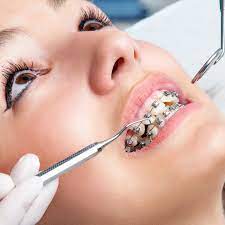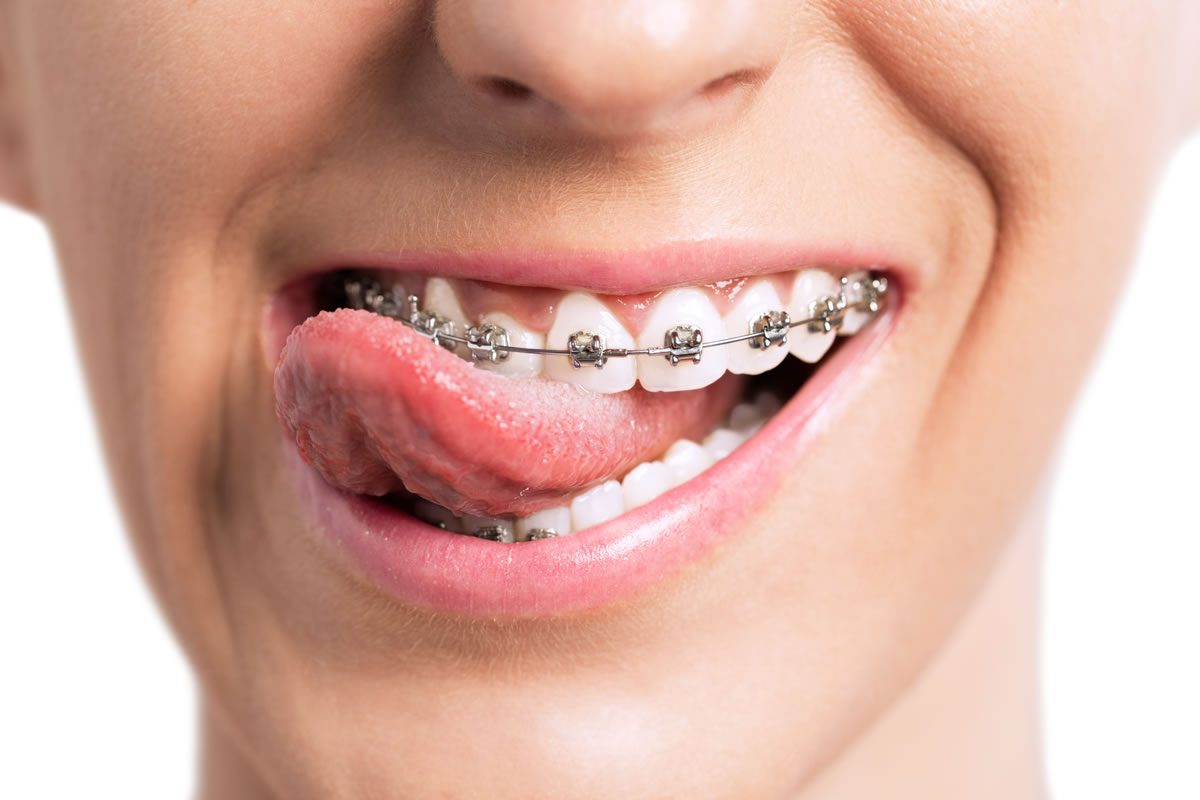Unknown Facts About Causey Orthodontics
Table of ContentsThe Single Strategy To Use For Causey OrthodonticsAll about Causey OrthodonticsThe Main Principles Of Causey Orthodontics Facts About Causey Orthodontics UncoveredCausey Orthodontics Things To Know Before You Get This
Ignoring occlusal partnerships, it was regular to eliminate teeth for a selection of oral concerns, such as malalignment or congestion. The principle of an undamaged dentition was not widely valued in those days, making bite connections seem pointless. In the late 1800s, the idea of occlusion was vital for developing reputable prosthetic replacement teeth.As these principles of prosthetic occlusion advanced, it became an invaluable tool for dental care. It remained in 1890 that the job and impact of Dr. Edwards H. Angle started to be really felt, with his contribution to contemporary orthodontics especially significant. Concentrated on prosthodontics, he educated in Pennsylvania and Minnesota before routing his focus towards oral occlusion and the treatments required to keep it as a normal condition, therefore becoming understood as the "dad of modern-day orthodontics".

The idea of perfect occlusion, as postulated by Angle and integrated into a category system, made it possible for a change in the direction of treating malocclusion, which is any kind of discrepancy from typical occlusion. Having a full set of teeth on both arcs was highly searched for in orthodontic therapy due to the need for exact relationships between them.
7 Simple Techniques For Causey Orthodontics
As occlusion became the key top priority, face percentages and appearances were neglected - orthodontist expert. To attain optimal occlusals without utilizing external pressures, Angle postulated that having ideal occlusion was the very best means to obtain optimum facial aesthetic appeals. With the death of time, it came to be rather noticeable that even an outstanding occlusion was not appropriate when taken into consideration from an aesthetic perspective
Charles Tweed in America and Raymond Begg in Australia (who both researched under Angle) re-introduced dentistry removal right into orthodontics during the 1940s and 1950s so they might improve face esthetics while also making sure better security concerning occlusal relationships. In the postwar duration, cephalometric radiography begun to be used by orthodontists for measuring changes in tooth and jaw placement triggered by growth and treatment. It came to be obvious that orthodontic therapy might readjust mandibular development, bring about the formation of useful jaw orthopedics in Europe and extraoral pressure procedures in the United States. Nowadays, both useful appliances and extraoral devices are applied around the world with the purpose of amending development patterns and forms. As a result, going after real, or at the very least improved, jaw connections had come to be the main goal of therapy by the mid-20th century.
About Causey Orthodontics
 The American Journal of Orthodontics was produced for this function in 1915; prior to it, there were no clinical goals to follow, nor any kind of specific category system and brackets that did not have attributes. Until the mid-1970s, braces were made by covering steel around each tooth. With advancements in adhesives, it ended up being feasible to instead bond metal braces to the teeth.
The American Journal of Orthodontics was produced for this function in 1915; prior to it, there were no clinical goals to follow, nor any kind of specific category system and brackets that did not have attributes. Until the mid-1970s, braces were made by covering steel around each tooth. With advancements in adhesives, it ended up being feasible to instead bond metal braces to the teeth.This has actually had significant results on orthodontic therapies that are provided regularly, and these are: 1. Correct interarchal relationships 2. Correct crown angulation (suggestion) 3.
The advantage of the design lies in its brace and archwire mix, which calls for just marginal cable flexing from the orthodontist or clinician (best orthodontist near me). It's aptly named hereafter attribute: the angle of the port and density of the brace base eventually identify where each tooth is located with little requirement for extra manipulation
Little Known Questions About Causey Orthodontics.
Both of these systems utilized the same brackets for each tooth and demanded the bending of an archwire in 3 planes for situating teeth in their preferred placements, with these bends dictating best placements. When it involves orthodontic home appliances, they are separated into 2 types: detachable and fixed. Detachable appliances can be handled and off by the patient as needed.

Hence, nearly all contemporary fixed devices can be thought about variations on this edgewise device system. Early 20th-century orthodontist Edward Angle made a significant contribution to the globe of dentistry. He created 4 unique appliance systems that have actually been utilized as the basis for many orthodontic therapies today, disallowing a couple of exceptions.
The Greatest Guide To Causey Orthodontics

The cord finished in a thread, and to move it onward, a flexible nut was utilized, which allowed for an increase in area. By ligation, each private tooth was connected to this expansive archwire (affordable orthodontist near me). Because of its limited series of activity, Angle was not able to achieve accurate tooth placing with an E-arch
These tubes held a firm pin, which could be rearranged at each visit in order to relocate them in position. Dubbed the "bone-growing device", this device was supposed to motivate much healthier bone growth due to its possibility for transferring pressure directly to the origins. However, applying it showed frustrating actually.